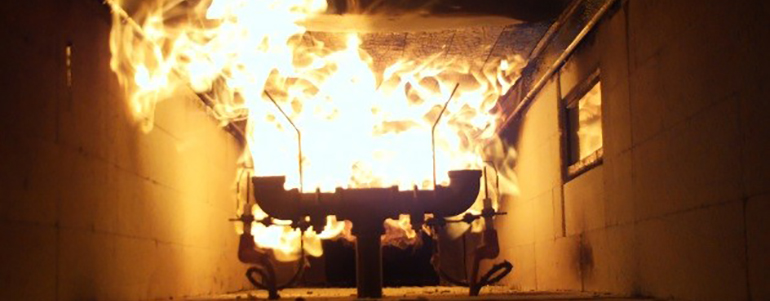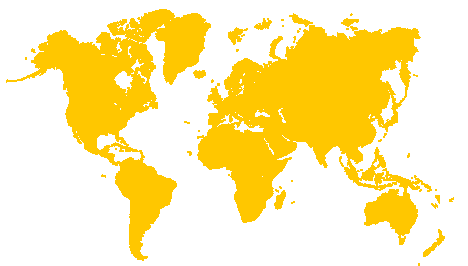Where There’s Smoke...

A Look at SDI Variability in ASTM E84 Testing
26 September 2017
ASTM E84 (E84) is one of the most frequently specified test methods used to evaluate surface burning behavior of building products and materials. The test method quantifies both a flame spread index (FSI) and a smoke developed index (SDI) in comparison against two calibration standards. While there are no pass/fail criteria within the test method, FSI and SDI results are used to demonstrate compliance with limitations defined by applicable codes and regulations in regard to different applications or installations of a given product or material.
FSI and SDI results are "index" values, meaning that test sample data is compared directly against data for another reference material. In the case of E84, the reference materials are cement board and select-grade red oak flooring used as "calibration" standards by the test method. Recent industry feedback has suggested an increased variability in SDI results across testing labs, leading many to select a lab based primarily on red oak smoke area calibration values.
Given this feedback, we at Intertek conducted an internal review of our labs in North America accredited to conduct E84 testing and found smoke area calibration values ranging from 60 to 125, suggesting greater inter-source variability among red oak suppliers than previously imagined. The configuration of the vent pipe and calibration of the photometer system may also impact SDI, as could room temperature and humidity, air velocity in the testing apparatus and moisture content of the wood.
There are some who would interpret a range of smoke area calibration values as opportunities to meet certain SDI limits by timing or selecting a test apparatus based on the calibration. However, "shopping" for labs with higher red oak smoke areas goes against the principle purpose standardized testing and encourages a focus on "right" result versus accurate one
Ongoing work under the ASTM E05.22 Subcommittee on Surface Burning continues to evaluate the use of heptane as a smoke area calibration standard in the E84 test method. Available data suggests that heptane smoke area values are more repeatable and more reproducible than those for red oak. It is anticipated that a heptane-based smoke area calibration procedure will become part of the E84 test method as either an optional procedure or an eventual replacement for the red oak smoke area procedure. Until then, labs can collect heptane smoke area data to compare against their red oak smoke area data to better understand variability and bias within their equipment or calibration procedures.
For more insights on E84 SDI smoke variability, including our internal audits, download a free copy of our comment to industry white paper.
As the Director of Insulation Testing & Certification at Intertek, Eric Banks is responsible for the development of certification programs that help manufacturers meet the broad scope of regulations related to the insulation industry. He joined Intertek in 2016, bringing years of experience in testing, certification and code compliance. He is a member of many trade and standards associations, including the Air Barrier Association of America; American Chemistry Council; ASTM Committees C16, D08, D22, E05, E06 and E60; UL STP-117 and the US Green Building Council.
Tags: 2017 | Building & Construction | Eric Banks

Eric Banks,
Director of Insulation Testing & Certification


